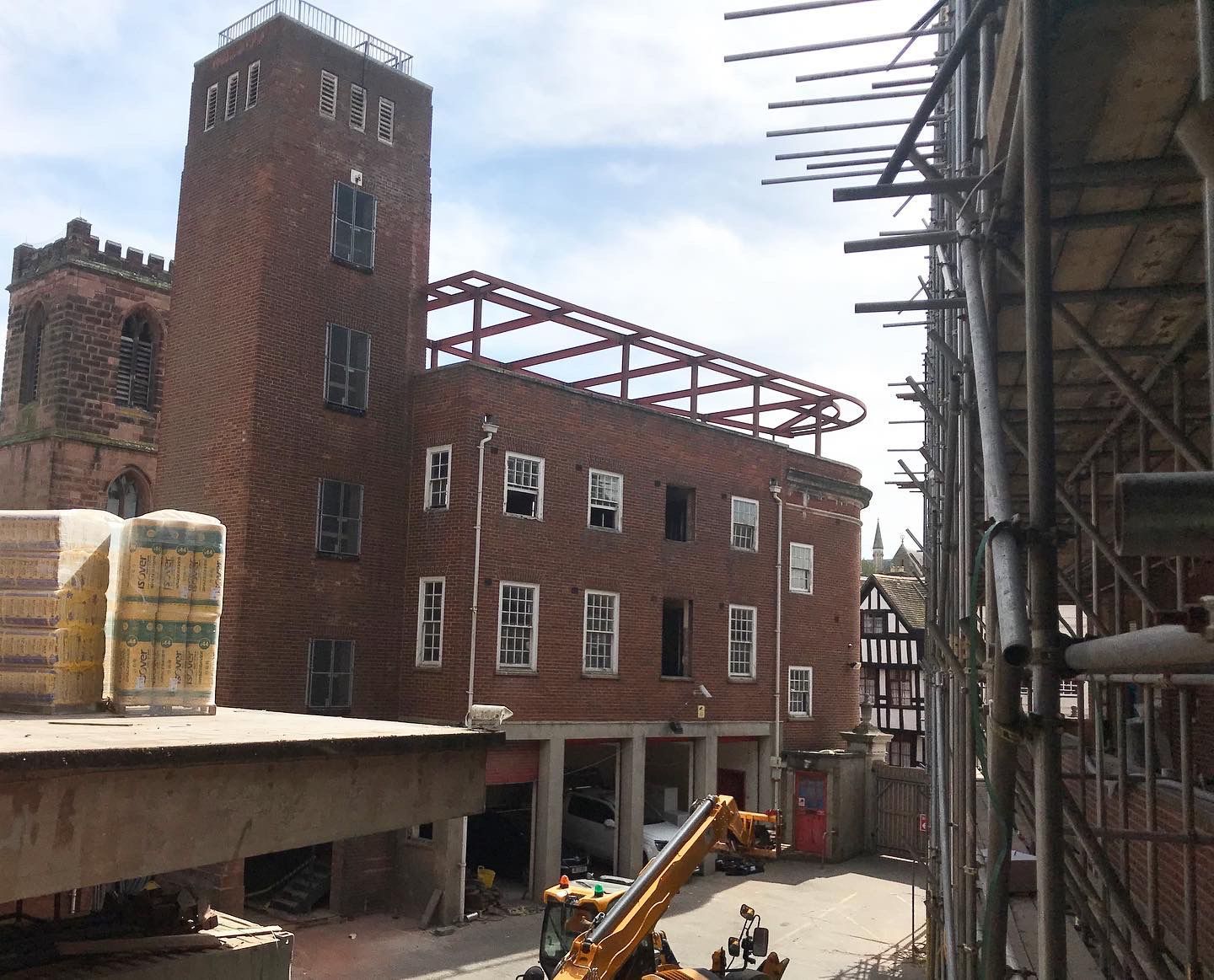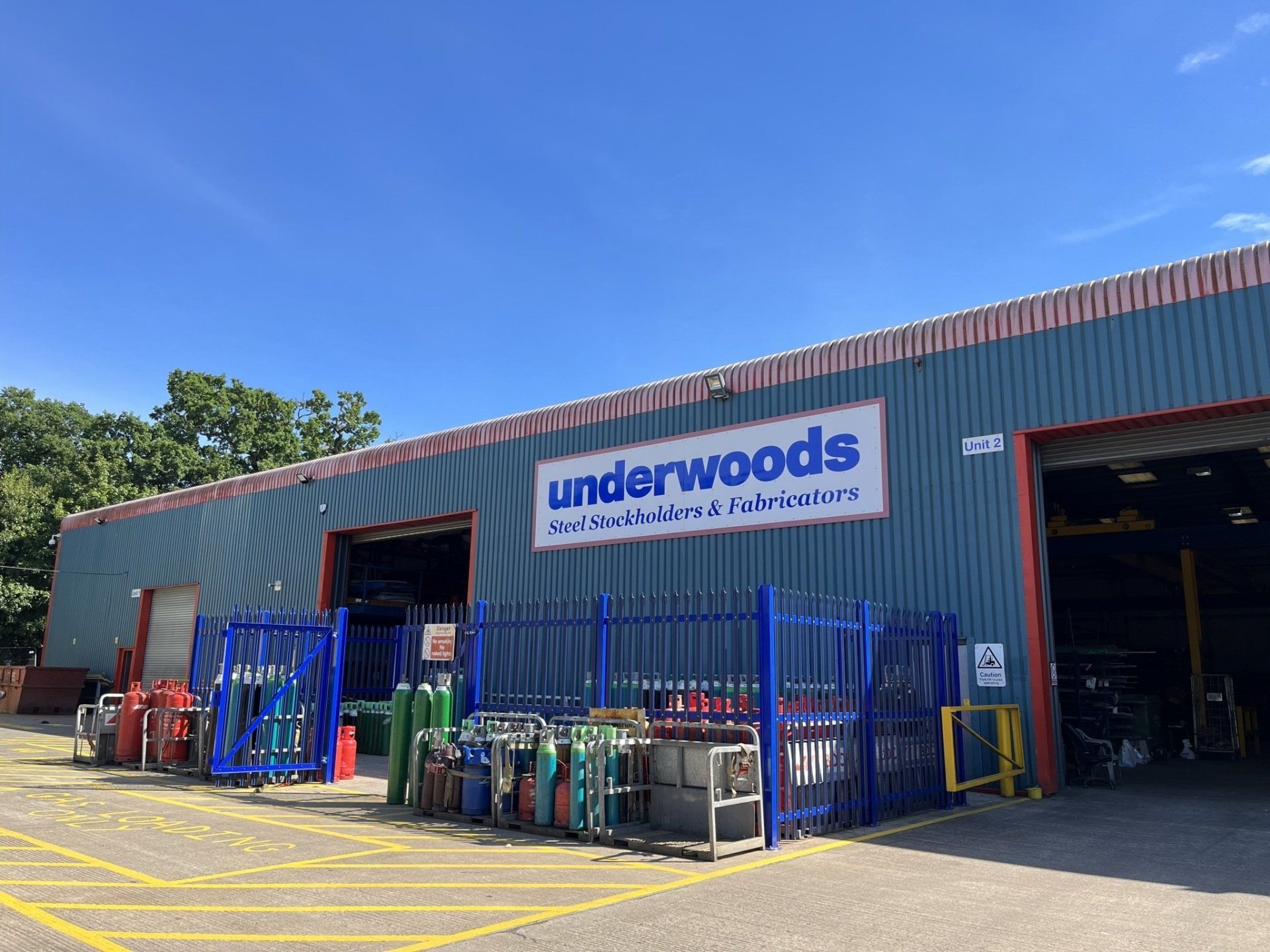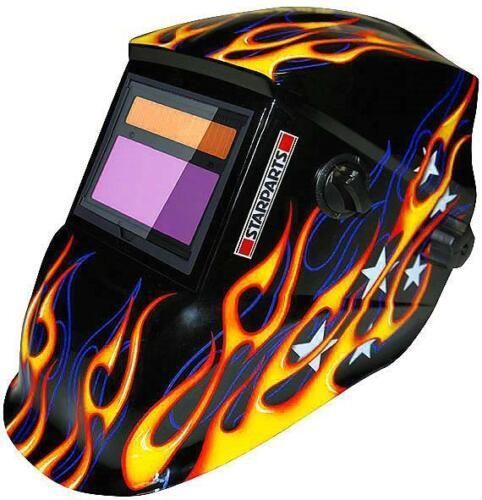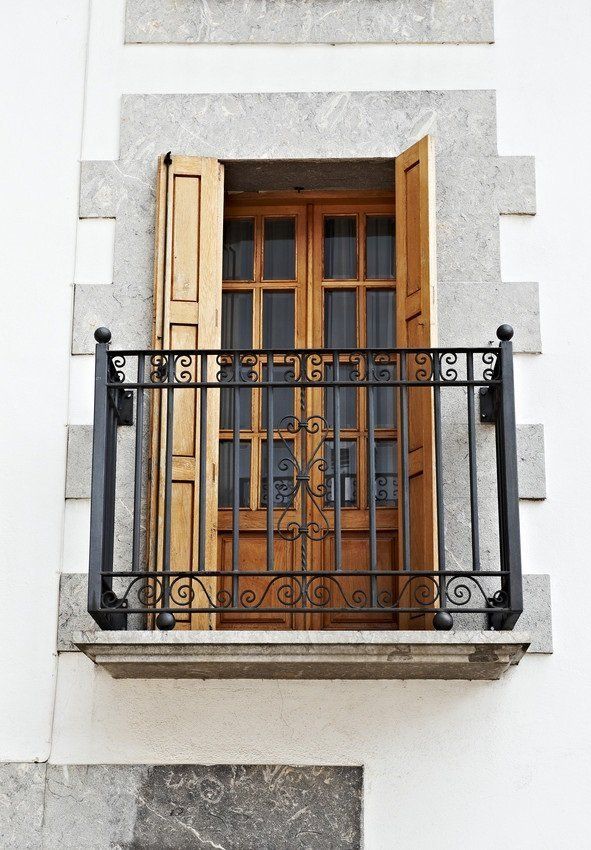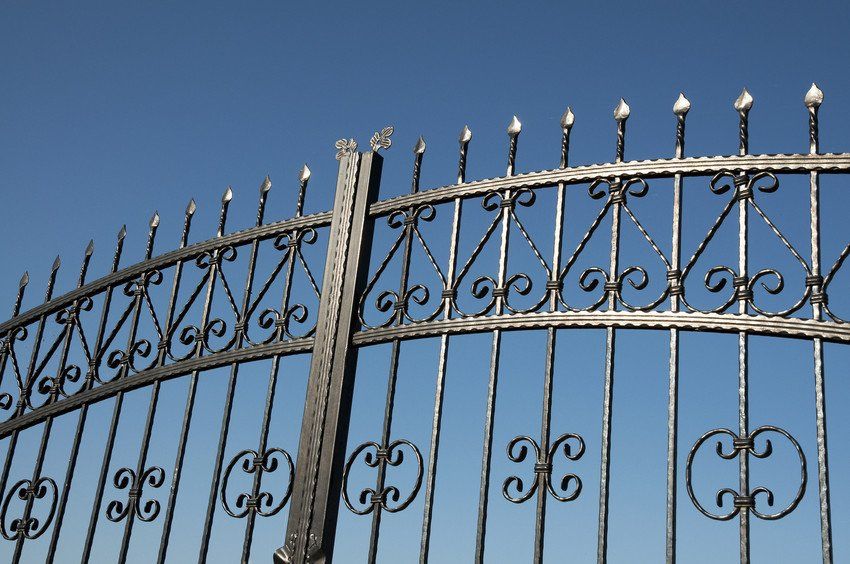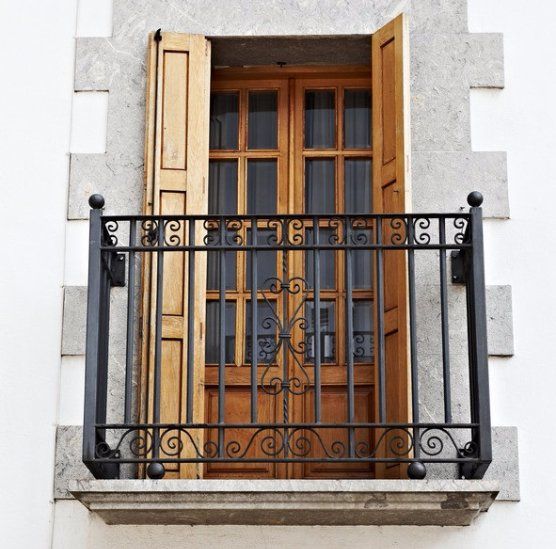The Different Types of Structural Steel and Their Uses in Construction
Underwood Steel • December 20, 2019
Steel is well known for providing structure and strength unlike any other when it comes to construction. The durability and potency that steel provides is not matched by the likes of wood or concrete. More often than not, it's the case that steel is the material of choice for construction, and people prefer steel due to its various advantages.
Steel buildings tend to be built using various frames too, for example clearspan, modular and single slope. Due to the fact that steel is much easier and less time-consuming when it comes to building, along with its numerous other factors that have proved advantageous, steel, these days, has become the most sought after way of constructing buildings.
With steel, we can create structures like no other material when it comes to construction. No other material has the potency and durability that steel does. Structural steel has undoubtedly become the preferred choice for construction due to the various benefits it has. The buildings that are made from steel require various structural frames. Also, constructing with steel entails much less time which makes it the most sought after way of constructing structures.
With this in mind, in this blog, we outline some of the various types of steel and the benefits it can offer you. Read on to discover more about this versatile and timeless building material.
Structural Steel
Firstly its beneficial to know what structural steel actually is and how it is formed. Structural steel shapes are made out of this kind of steel, which is formated from a precise cross section. Yet, at the same time it follows definite standards for mechanical properties and chemical composition.
Structural steel comes in various shapes like L-beam, Z shape, HSS shape, L shape (angle), structural channel (C-beam, cross section), T shaped, rail profile, bar, rod, plate and an open joist of web steel.
Standard structural steel varies in different countries with various specifications. For example, European I-beam is Euronorm 19-57, whereas structural steel in the USA comes in carbon, low alloy, corrosion resistant high strength low alloy, quenched and tempered alloy steel etc.
Structural steel is versatile, strong and durable, so it's hardly surprising that it can be morphed into almost any shape based on the construction project at hand; it can be constructed almost immediately the moment it is received on the building site. Structural steel is fire-resistant in itself but fire protection methods should be put in place in case there is a possibility of it getting heated up to a point where it starts to lose its durability and strength.
Corrosion has to be prevented when it comes to structural steel, but tall buildings are known to have withstood various kinds of adversities when built using structural steel.
Steel construction is increasing in popularity all over the world, with every region benefitting from steel throughout the years.Many of the best architectural wonders have been constructed through the use of steel, be it structural, carbon or rebar, including The Empire State Building and the Sydney Harbour Bridge. More importantly, the usage of steel is beneficial in terms of eco friendliness than other modes of construction, and due to this factor alone, it is given more preference.
Taking into consideration the rate of marvellous constructions, steel has proved favourable. With the usage of steel increasing within the construction industry, there is no doubt that it will take over the entire construction field soon in the future.
Here we take a look at the various types of structural steel and its uses in construction.
Parallel Flange Channels
These channelled beams are U-shaped with right angled corners, similar to the shape of a staple. They come in various different sizes, however, the two sides are always the same length and are parallel to one another. They also offer a high strength to weight ratio and have similar uses to angled sections.
Tapered Flange Beams
Taper flange beams come in an I-shaped and are also available in a vast variety of sizes. In construction, these are often used as cross-sections for girders. Though they have a particularly resistance ratio, it is not usually recommended when pressure is present along the length as they are not torsion (twisting) resistant.
Universal Beam
Universal beams, also known ad I-beams or H-beams, come in the shape of their namesake: an ‘I’ when standing upright, and a ‘H’ on their side. Universal beams are usually made of structural steel and are used in construction and civil engineering, among other industries.
Universal Column
Universal beams are also widely used for structural purposes. They are similar to beams and are often referred to as I-beams or H-beams, however, all three sections are the same in length. As their name suggests, they are mainly used for columns, and have a brilliant load-bearing capabilities.
Angled Sections
Angled structural steel sections can come as either equal or unequal. Both will be right angled, however, unequal sections have different sized axis’ making them L-shaped. This kind of section is much stronger (up to 20%) with a much higher strength to weight ratios. Angled sections are used in residential construction, infrastructure, mining and transport. Also, they are available in a wide range of lengths and sizes.
Circular Hollow Sections
Circular Hollow Sections come as a hollow tubular cross sections and have a much higher resistance to torsion that tapered flange beams. The density of the walls is uniform within the entire circle which makes this beams great for use with multi-axis loading processes.
Rectangular Hollow Sections
These types of structural steel are much like the circular hollow sections,however they have rectangular cross sections. They are very popular in many mechanical and construction steel applications. Their flat surfaces make them prime for use in joining and metal fabrication.
Square Hollow Sections
Like their hollow section counterparts (except with square cross sections), these are used within smaller applications such as columns or posts. However, they are unsuitable for beams as their shapes are inherently difficult to bolt into other types of shape. They are also known as ‘box sections’.
Flat Sections
Arguably the most versatile type of steel section as they require to be attached to another section. In some cases, they can be attached to another section as a strengthening tool. They are also often referred to as ‘plates’ (for example, checker plates).
Underwood Steel
- we offer steel and stainless steel fabrications and plenty more structural steel supplies
Are you seeking a comprehensive range of high-quality structural steel
and aluminium products for your commercial or residential construction project? Underwoods is here to help. We are the leading structural steel fabricators in the West Midlands and offer local and national customers a wide range of structural steel and aluminium products at prices that are sure to appeal to anyone who recognises a great deal.
Underwoods have been providing clients locally, and right across the United Kingdom, with quality products and services, including a wide range of structural steel and aluminium products for more than forty years. During this time, we have developed a solid reputation among our valued customer base for providing everything clients need to get the job done right at cost-effective prices. We are also well-known for the professional advice we offer, so if you’re not sure what products represent the best choice for your project, we are here to assist. Get in touch
to find out more.

